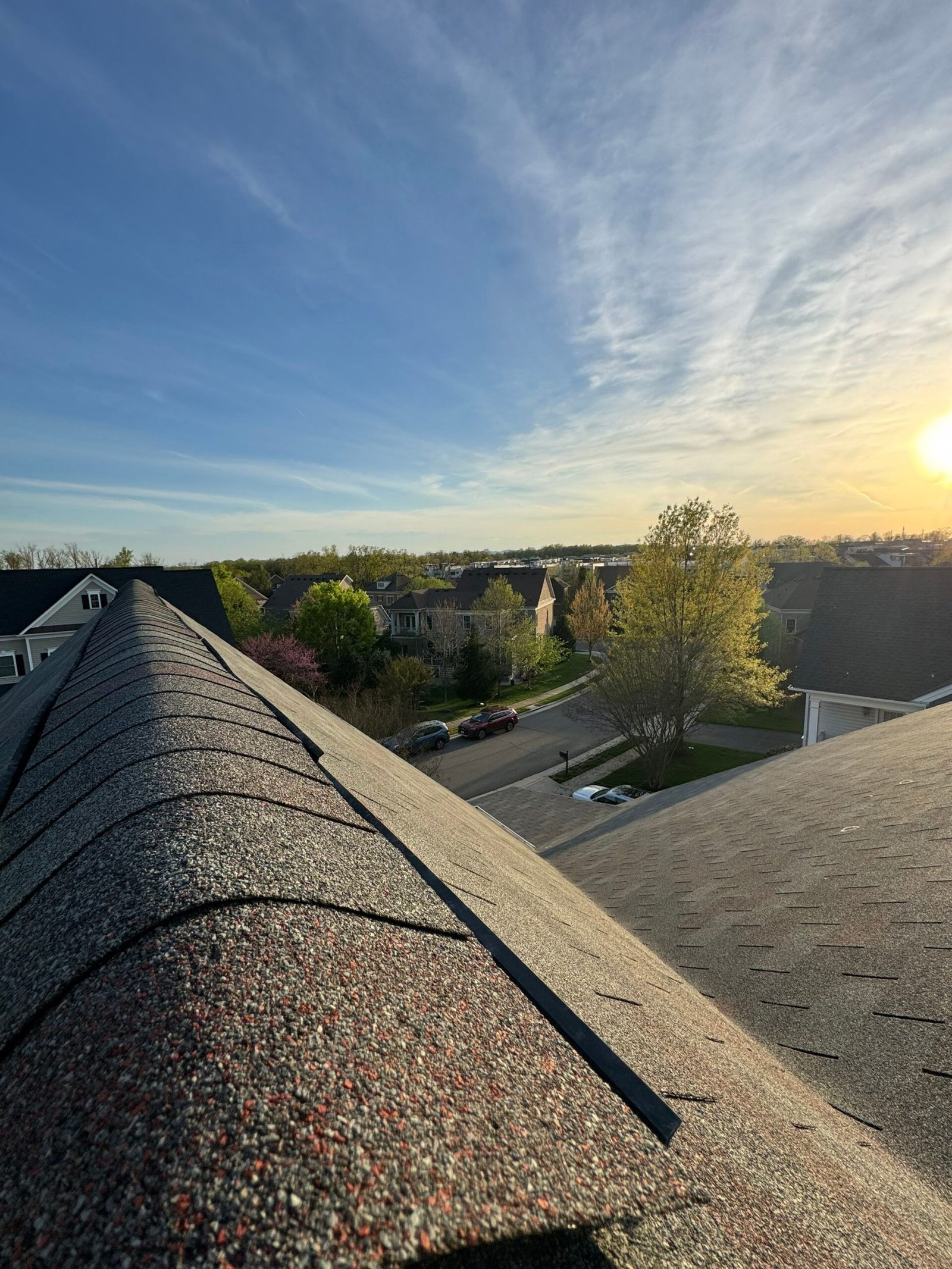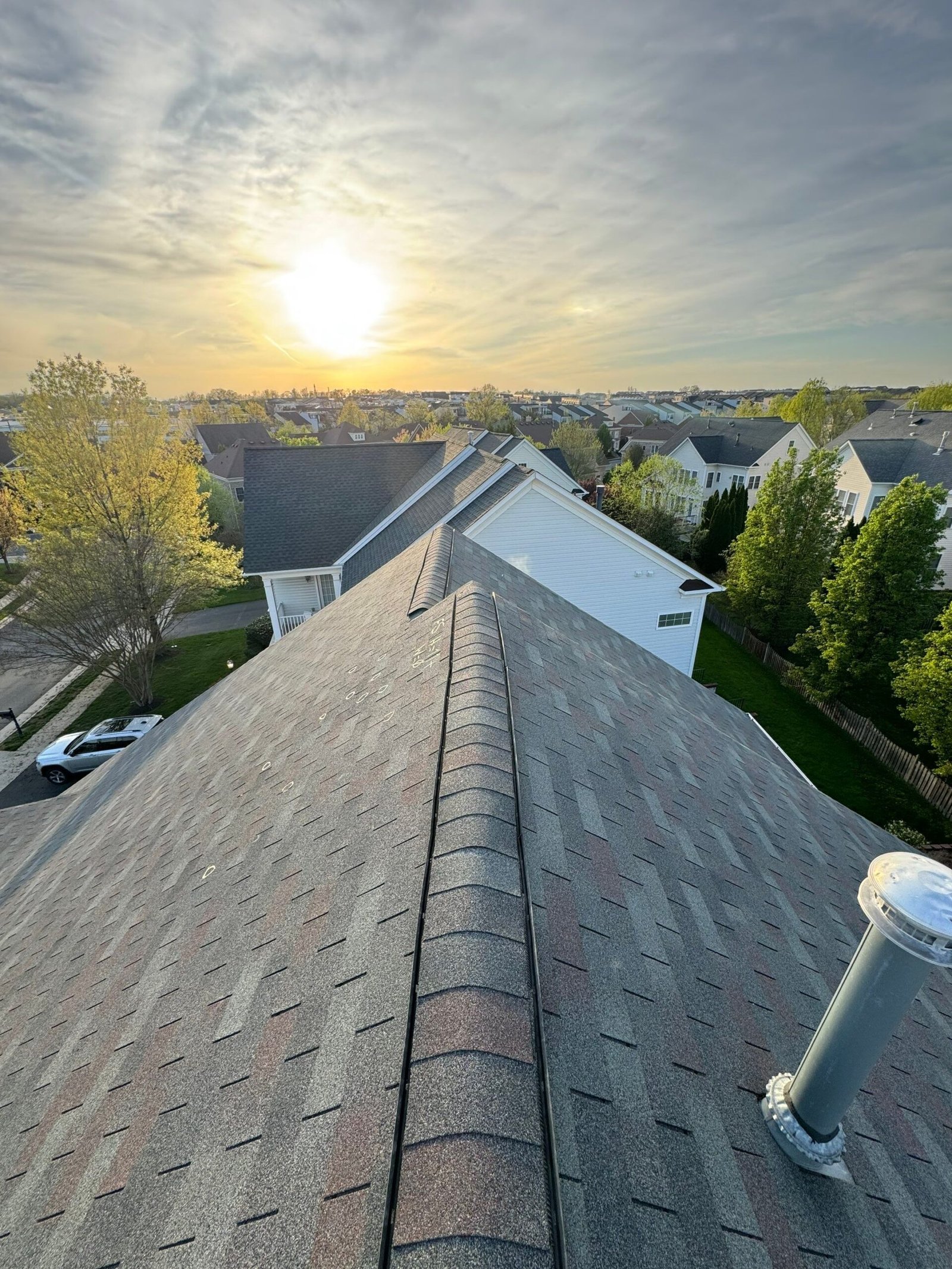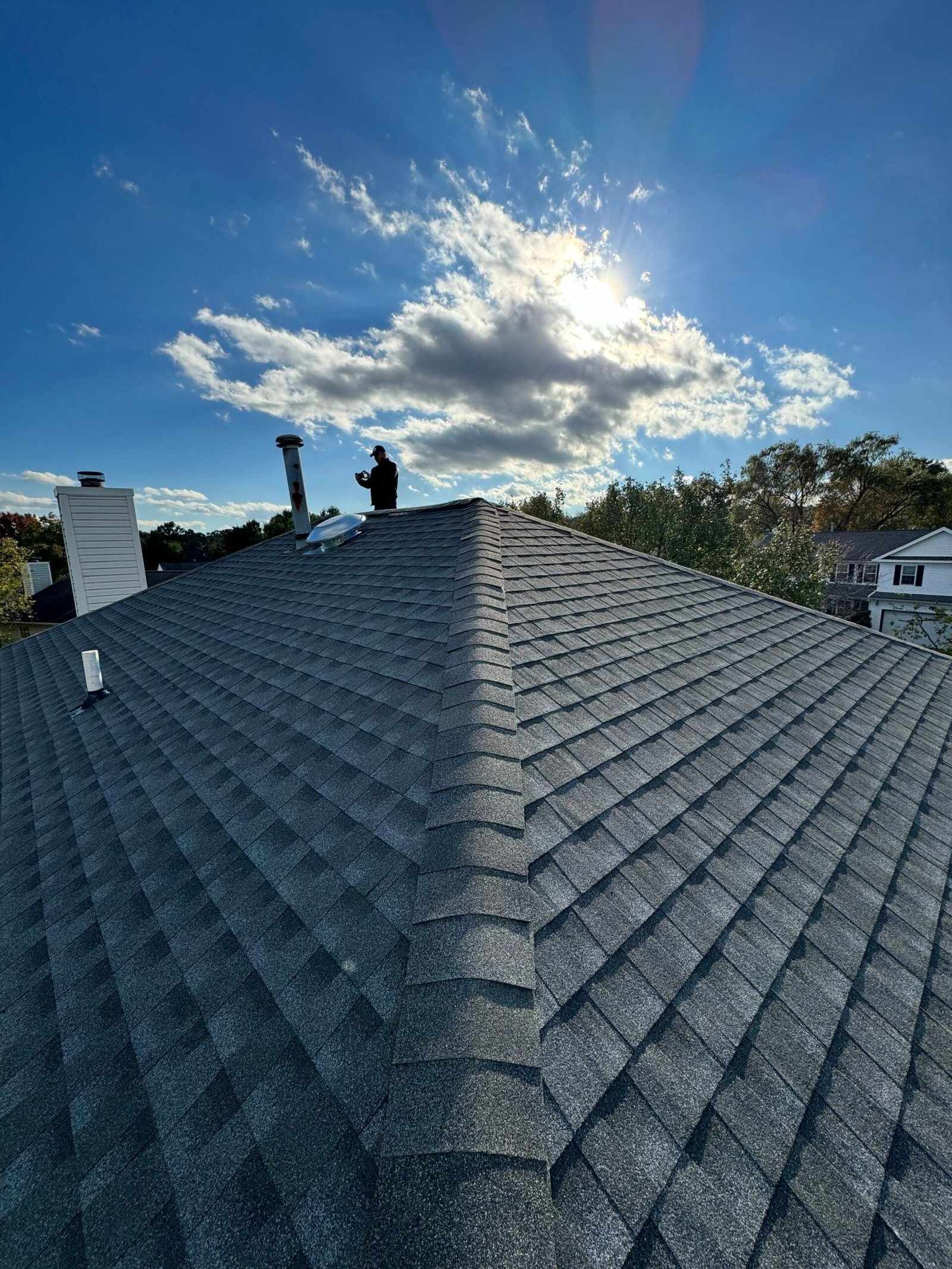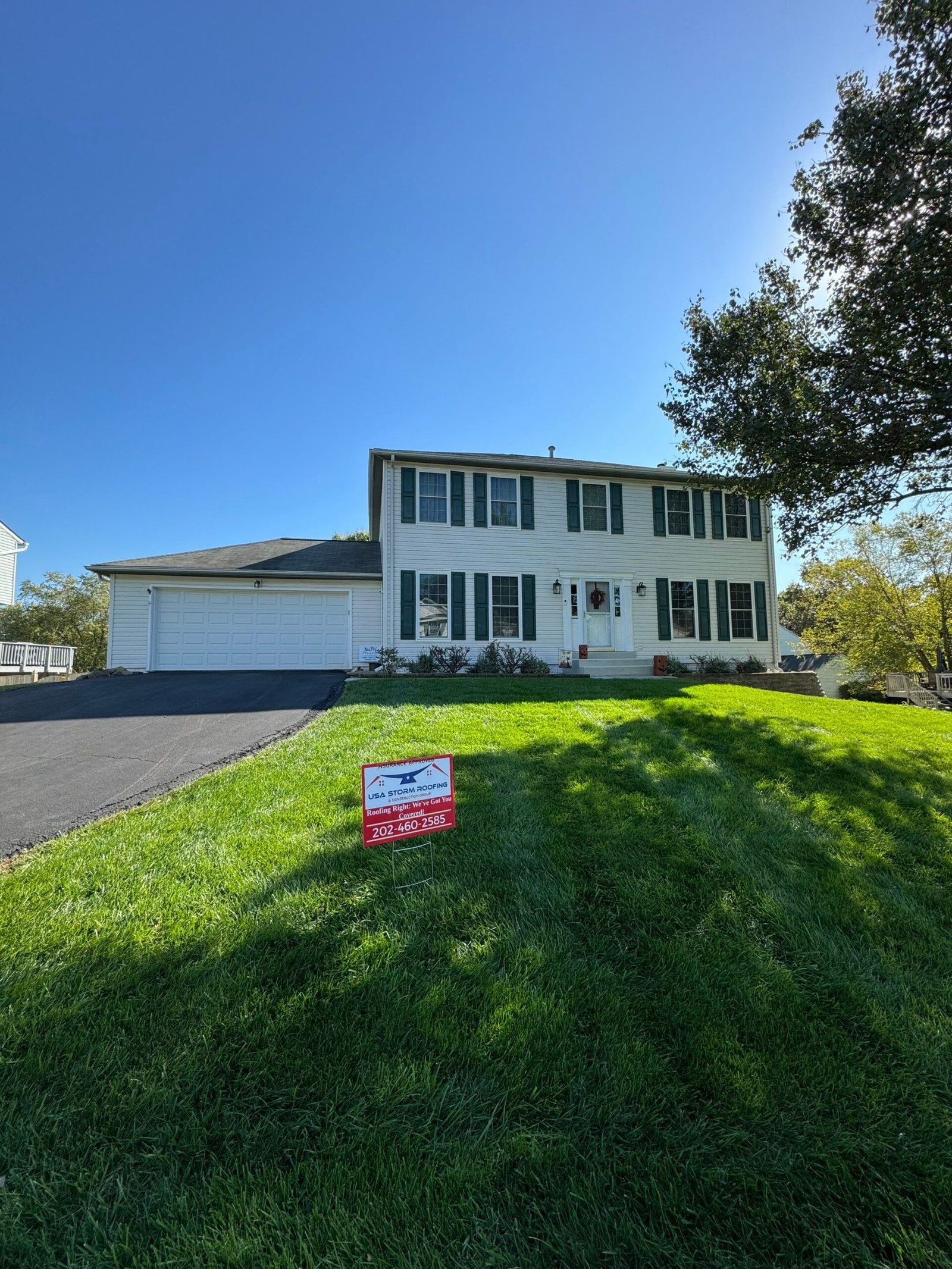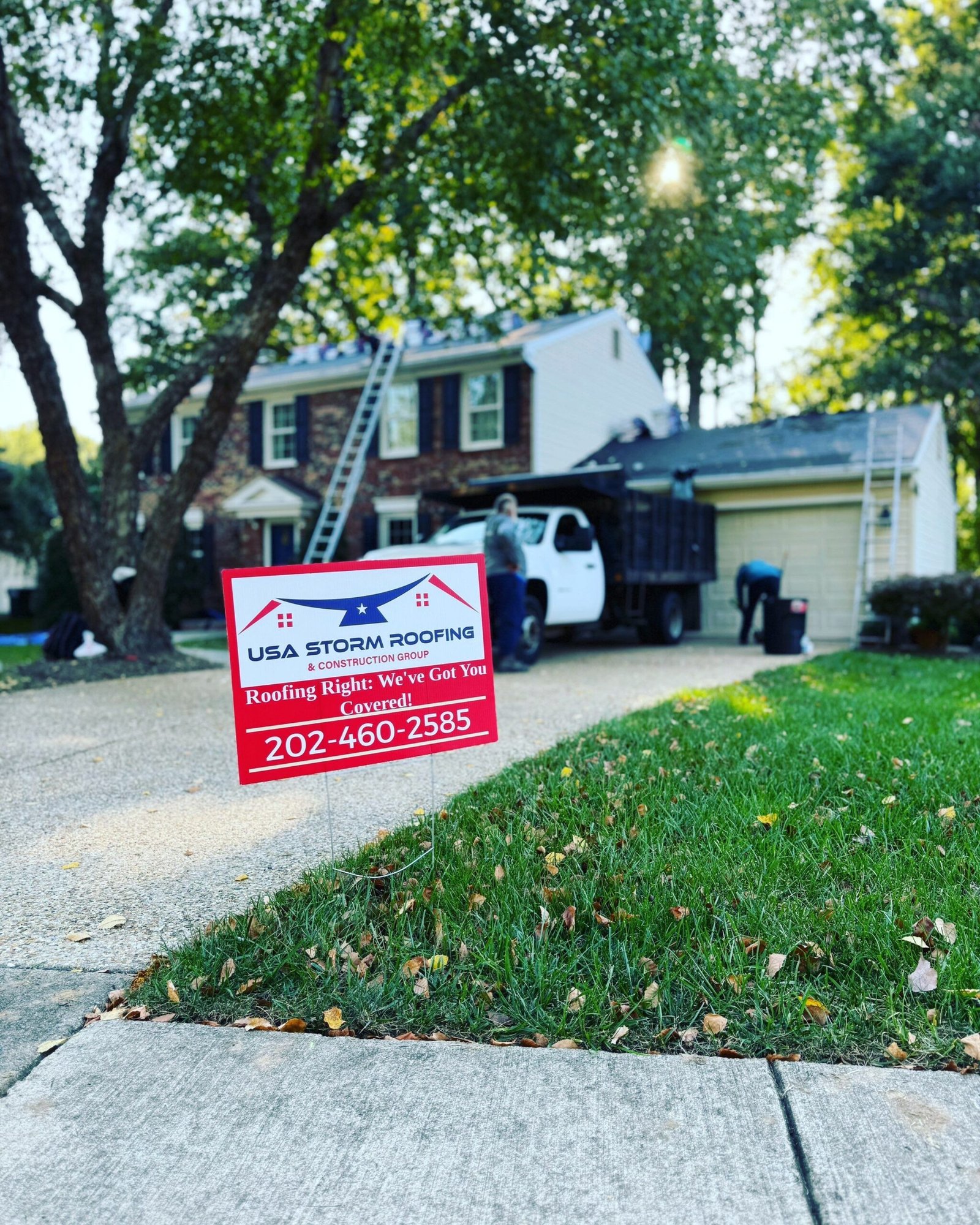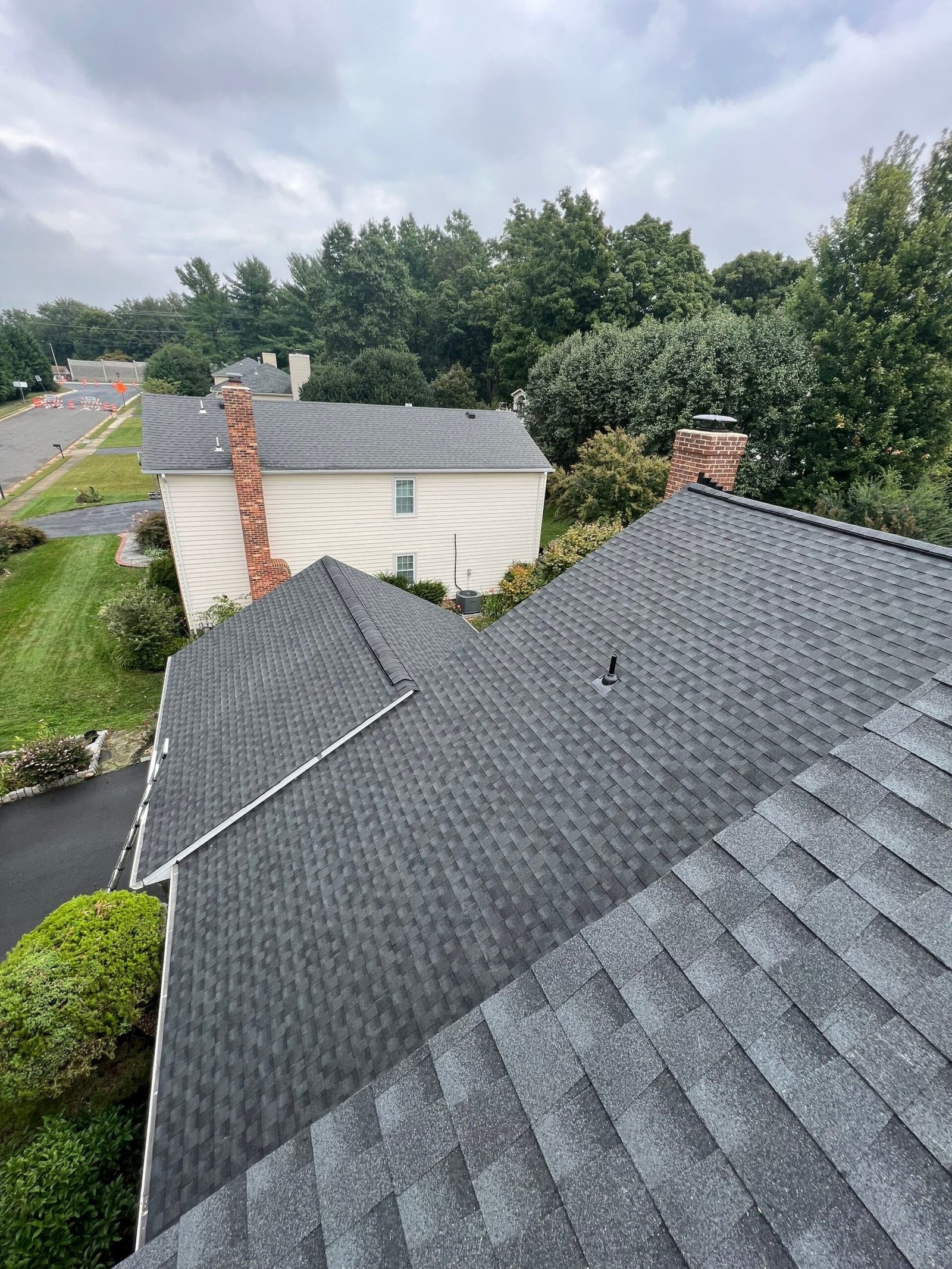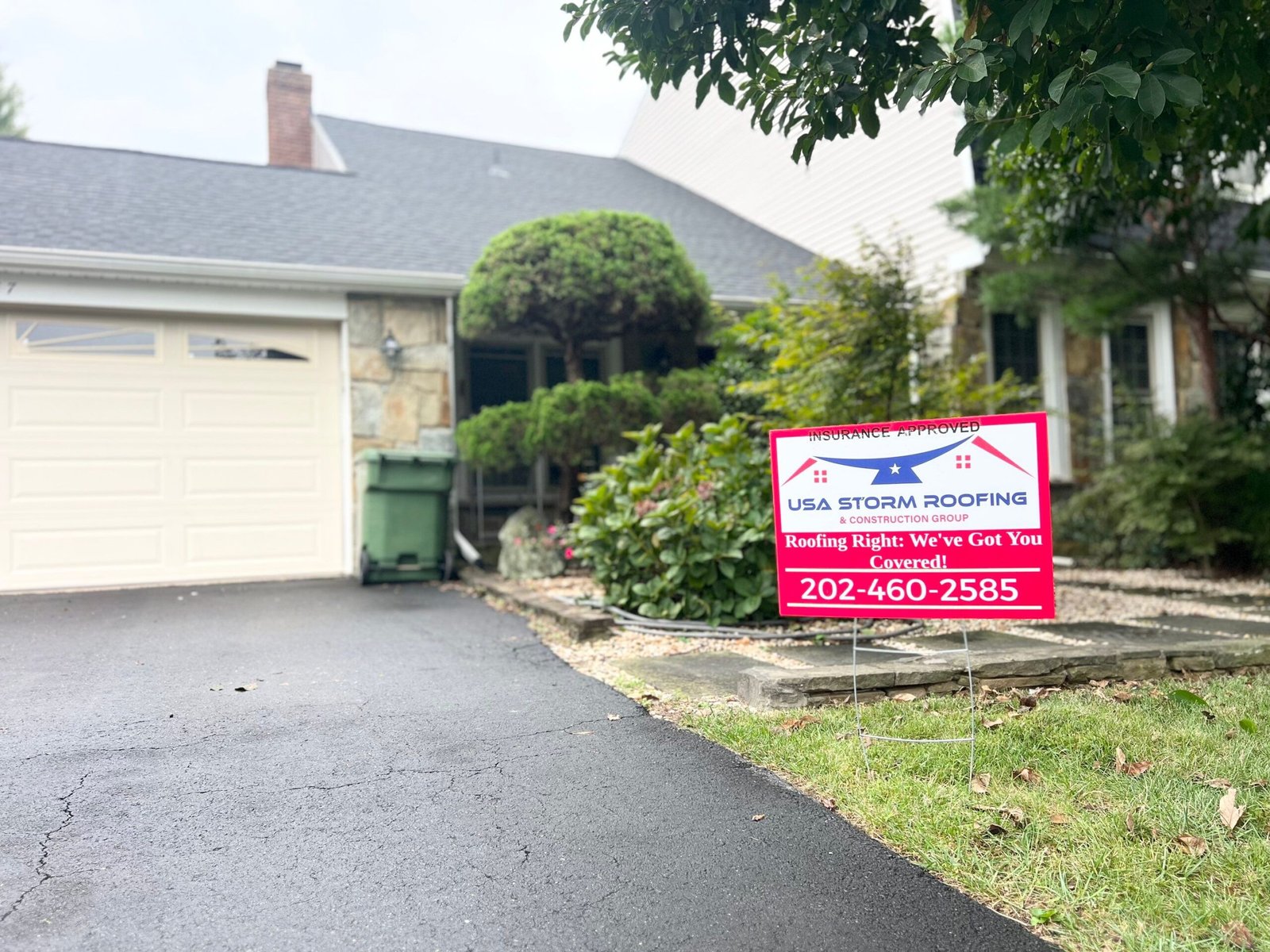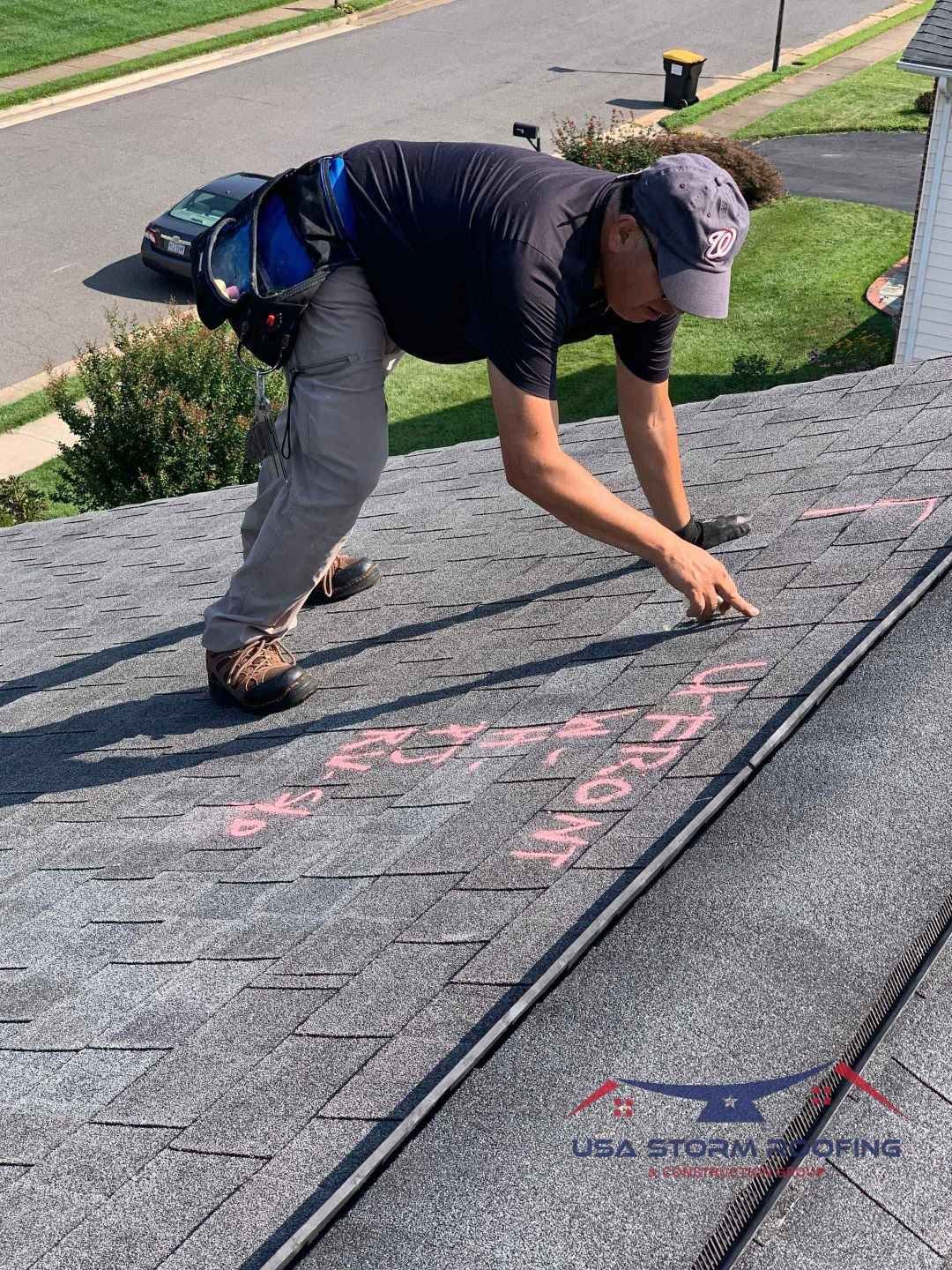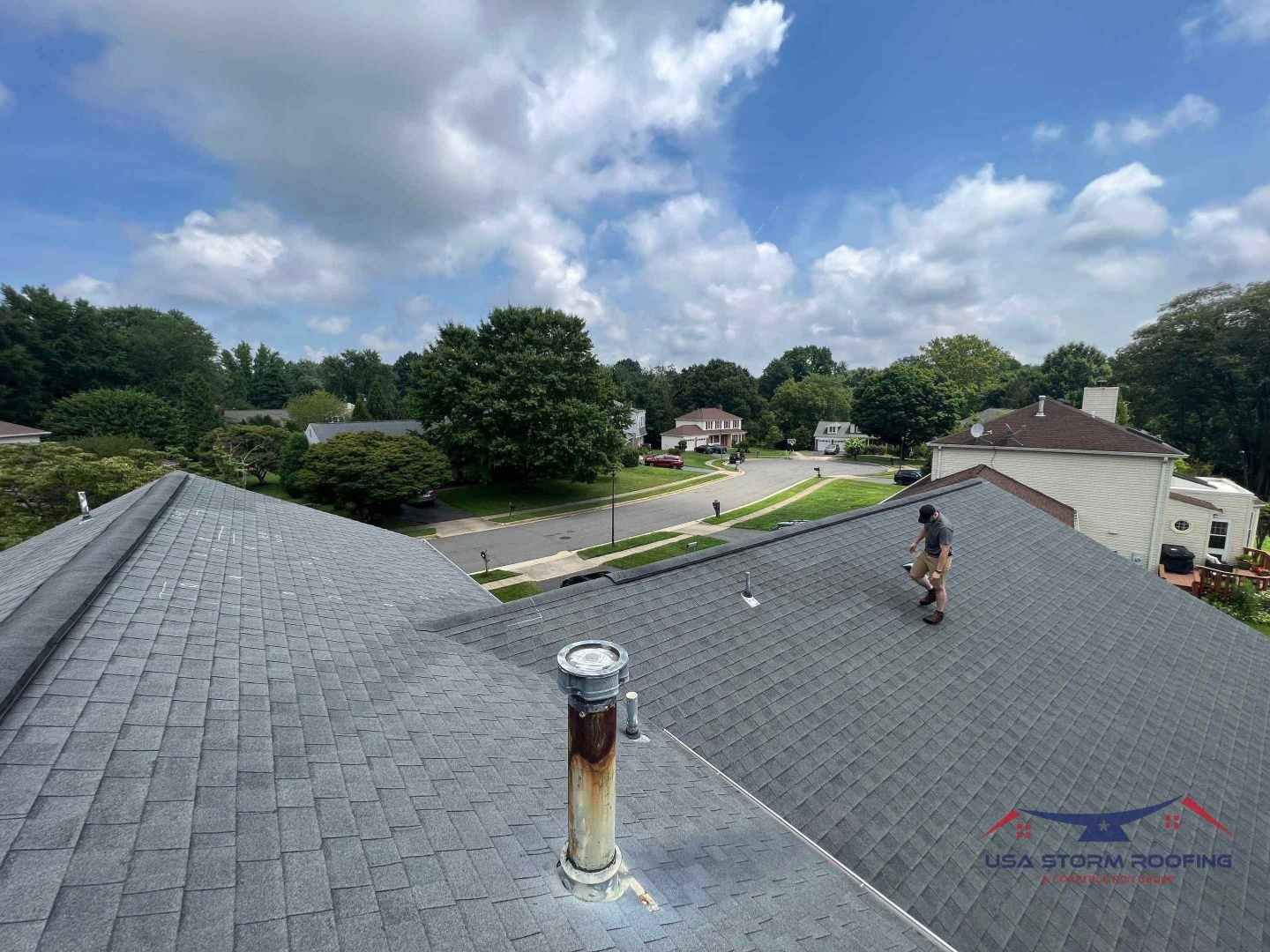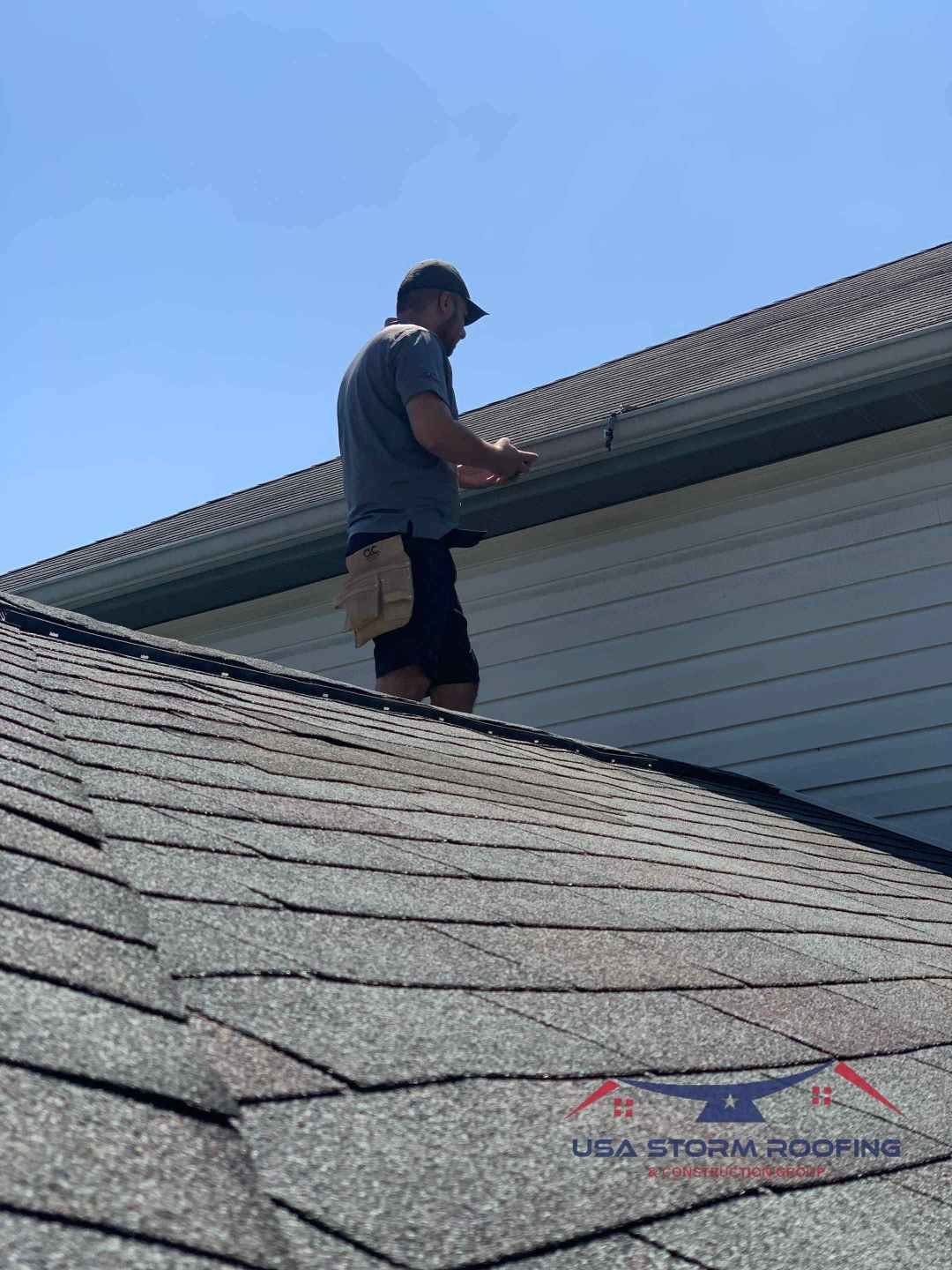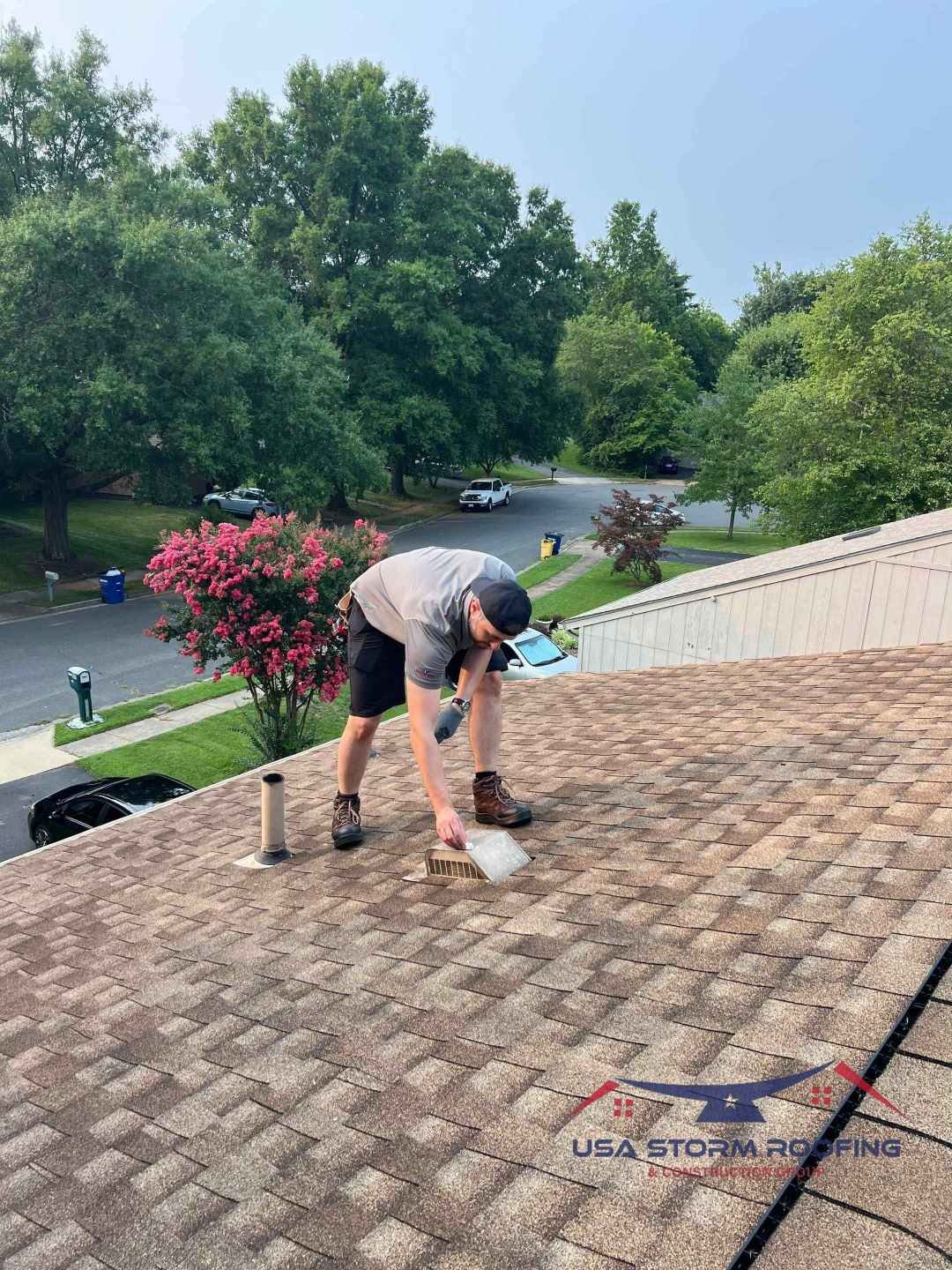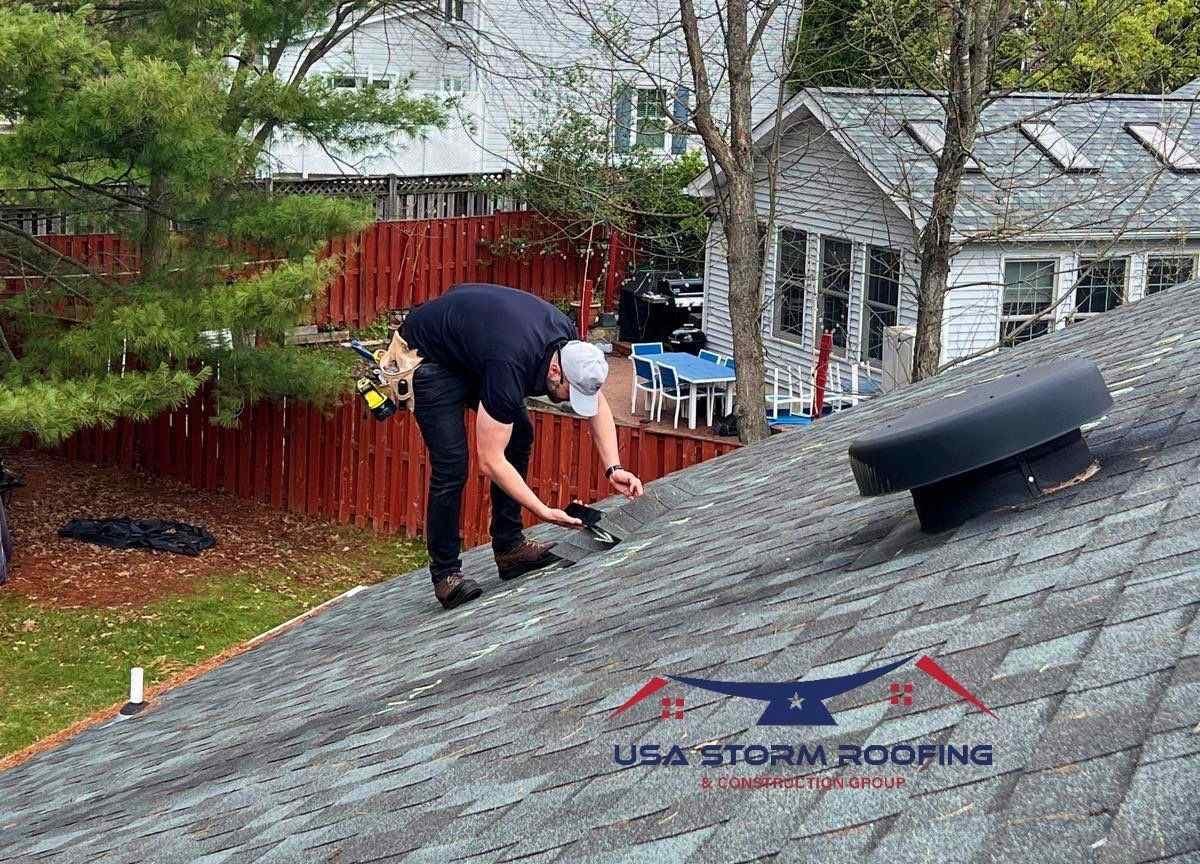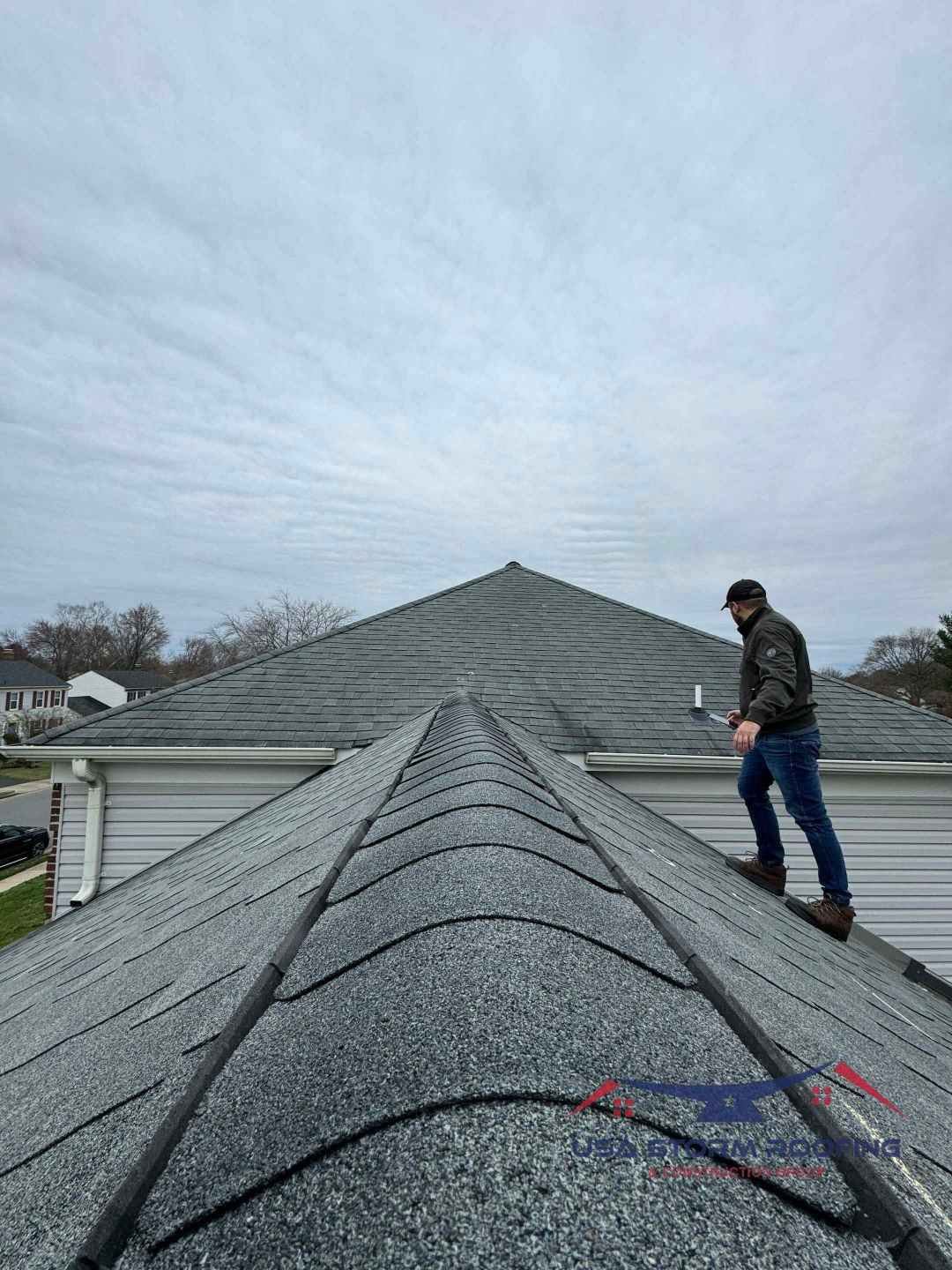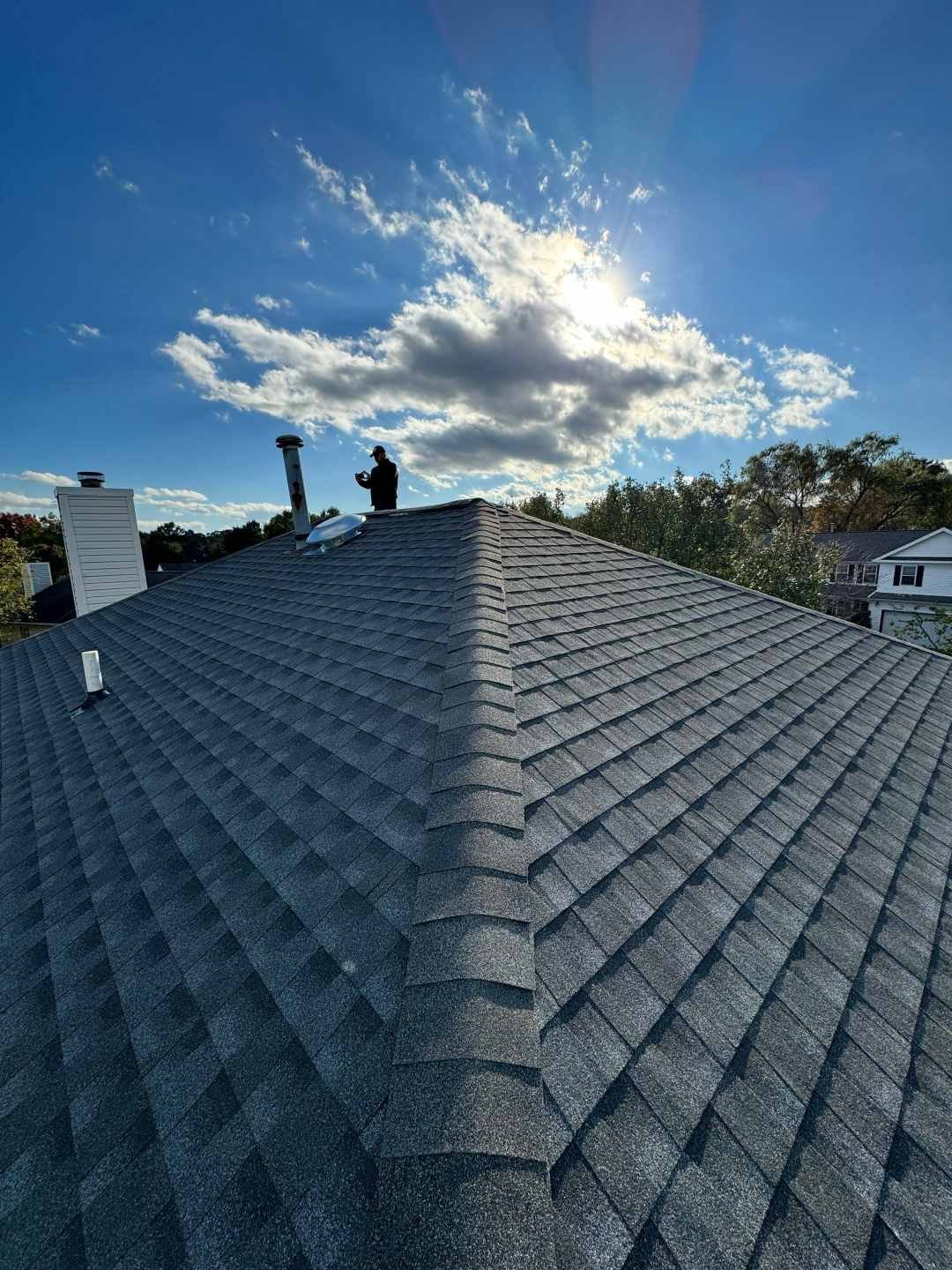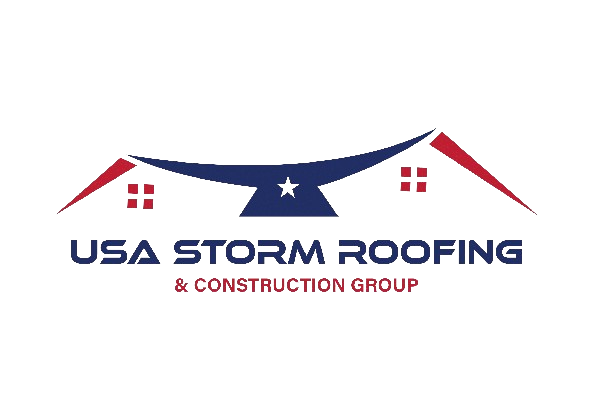Vinyl Siding vs. Fiber Cement: Which is Best for Your Home?
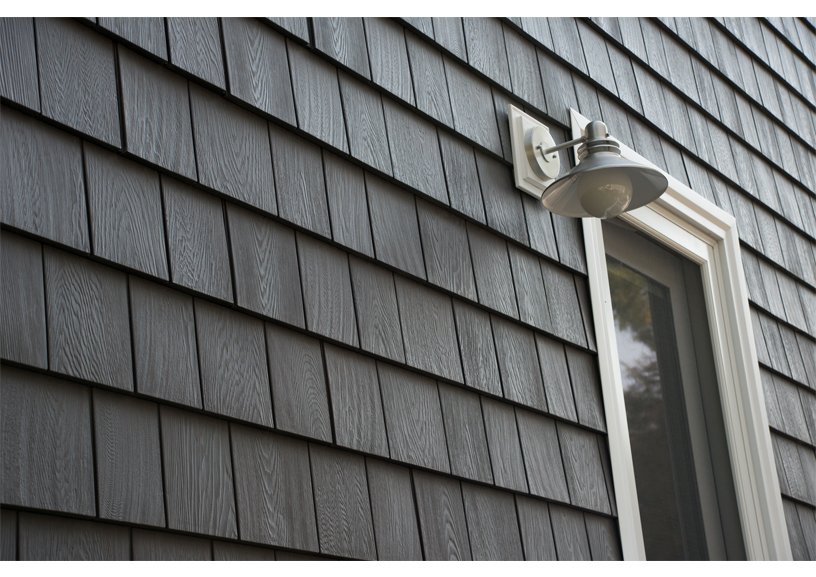
When it comes to selecting the right siding for your home, the decision often boils down to choosing between vinyl siding and fiber cement. Both materials offer distinct advantages and have their own set of enthusiasts. In this article, we’ll explore the benefits, drawbacks, and key differences between vinyl siding and fiber cement, helping you decide which siding option is the best fit for your home.
Understanding Vinyl Siding
Advantages of Vinyl Siding
Vinyl siding is renowned for its cost-effectiveness, durability, and ease of maintenance. It is made from PVC (Polyvinyl Chloride), which makes it resistant to rot, insects, and weathering. Homeowners appreciate vinyl siding for its variety of colors and styles, as well as its ability to withstand years of exposure to the elements without fading or cracking.
Drawbacks of Vinyl Siding
While vinyl siding is durable, it can be susceptible to damage from extreme weather conditions such as hail or very high winds. Additionally, although it does not require painting, its color can fade over time, and once damaged, it needs to be replaced rather than repaired.
Exploring Fiber Cement
Advantages of Fiber Cement
Fiber cement siding is made from a mix of wood pulp, cement, clay, and sand. It offers the appearance of natural wood, brick, or stone, but with greater durability and less maintenance. Fiber cement is non-flammable and resistant to termites, rot, and fungus. This type of siding is known for its longevity and can last 50 years or more with proper maintenance.
Drawbacks of Fiber Cement
The primary disadvantages of fiber cement siding include its higher cost compared to vinyl and its need for repainting every 15 to 20 years. Additionally, fiber cement siding is heavier, requiring more labor for installation, which can increase overall project costs.
Comparison: Vinyl Siding vs. Fiber Cement
Cost Comparison
Vinyl siding generally costs less than fiber cement, both in terms of material and installation. Fiber cement siding requires more specialized labor due to its weight and the complexity of the installation process.
Maintenance Needs
Vinyl siding offers a low-maintenance solution with no need for painting—just routine cleaning. On the other hand, fiber cement will eventually require repainting and possibly caulking to maintain its aesthetic appeal and functionality.
Durability and Lifespan
While both siding types are durable, fiber cement tends to have a longer lifespan. Vinyl siding can last around 20-30 years, whereas fiber cement can last 50 years or more if maintained properly.
Aesthetic and Design Options
Vinyl siding provides a wide range of colors and styles, including options that mimic wood textures. Fiber cement also offers various textures and can imitate the look of wood, stone, and brick more realistically than vinyl.
Environmental Impact
Fiber cement is considered more environmentally friendly due to its natural materials and longevity. Vinyl siding, while not biodegradable, does offer some eco-friendly versions that use recycled materials.
Which Should You Choose for Your Home?
Consider Your Climate
If you live in an area with severe weather conditions, fiber cement’s resilience to high winds, hail, and fire might be more appealing. For moderate climates, vinyl siding offers sufficient durability and ease of maintenance.
Think About Long-Term Costs
Initial installation costs for fiber cement are higher, but its longevity and the infrequency of replacement might offer better long-term savings. Vinyl siding’s lower upfront cost and minimal maintenance requirements make it a budget-friendly option in the short term.
Reflect on Aesthetic Preferences
If you prefer a more natural look that closely mimics materials like wood or stone, fiber cement might be the better choice. For those who value a wide range of color options and styles, vinyl siding provides ample flexibility.
Deciding between vinyl siding and fiber cement largely depends on your specific needs, budget, and taste. Both materials offer significant benefits for protecting and enhancing your home. Consider consulting with a professional contractor who can provide insights based on your home’s architecture, local climate, and your personal preferences to ensure you make the best choice for your unique situation.
Detailed Comparison Table: Vinyl Siding vs. Fiber Cement
| Feature | Vinyl Siding | Fiber Cement |
|---|---|---|
| Cost | Less expensive both in material and labor. | More expensive due to material and installation costs. |
| Maintenance | Low maintenance; requires only periodic cleaning. | Requires repainting every 15-20 years and occasional caulking. |
| Durability | Resistant to rot and insects; can be damaged by extreme weather. | Highly durable; resistant to fire, rot, termites, and harsh weather. |
| Lifespan | Typically lasts 20-30 years. | Can last 50 years or more with proper maintenance. |
| Installation | Easier and quicker to install. | Heavier and requires more labor-intensive installation. |
| Aesthetic Options | Wide range of colors and styles; some textures mimic wood. | Offers textures that can realistically mimic wood, stone, and brick. |
| Environmental Impact | Less environmentally friendly; some options include recycled materials. | More sustainable due to natural materials and longer lifespan. |
| Ideal for Climate | Suitable for moderate climates. | Better for severe weather conditions due to higher durability. |
| Long-Term Costs | Lower initial cost, but may need replacement sooner. | Higher initial cost, but lower long-term costs due to longevity. |
This table provides a clear, side-by-side comparison of both siding options, helping homeowners make an informed decision based on various important factors.

